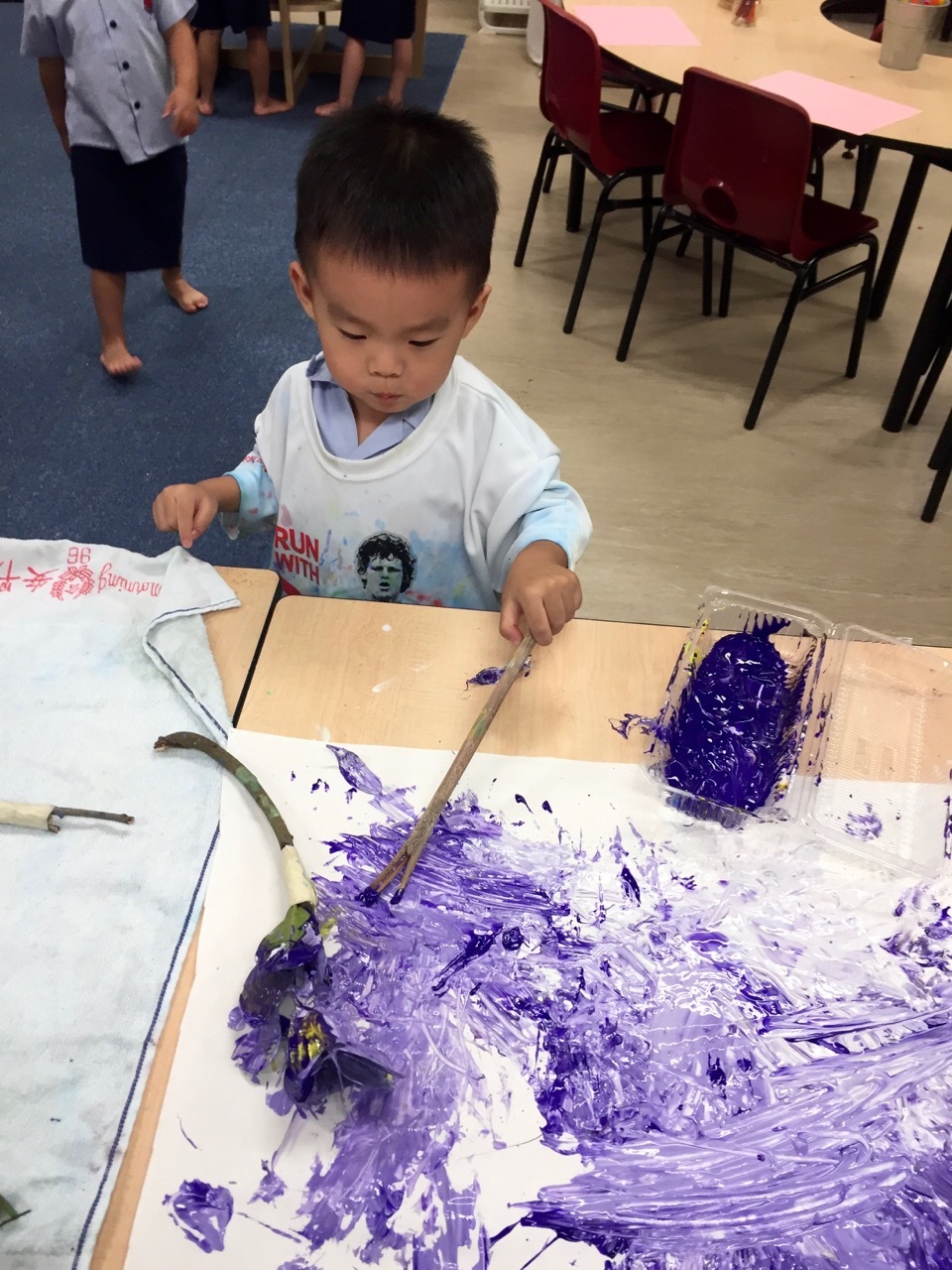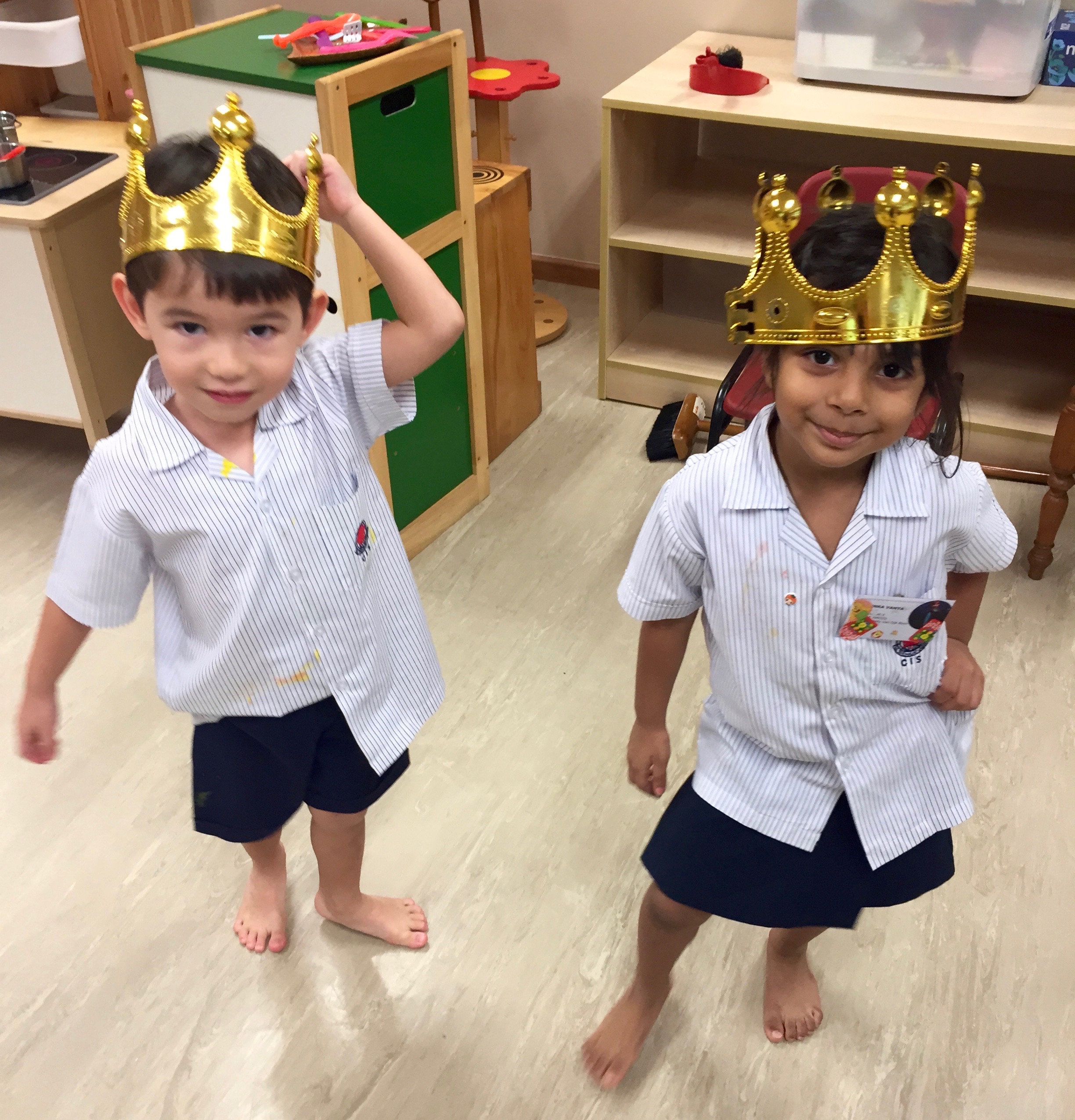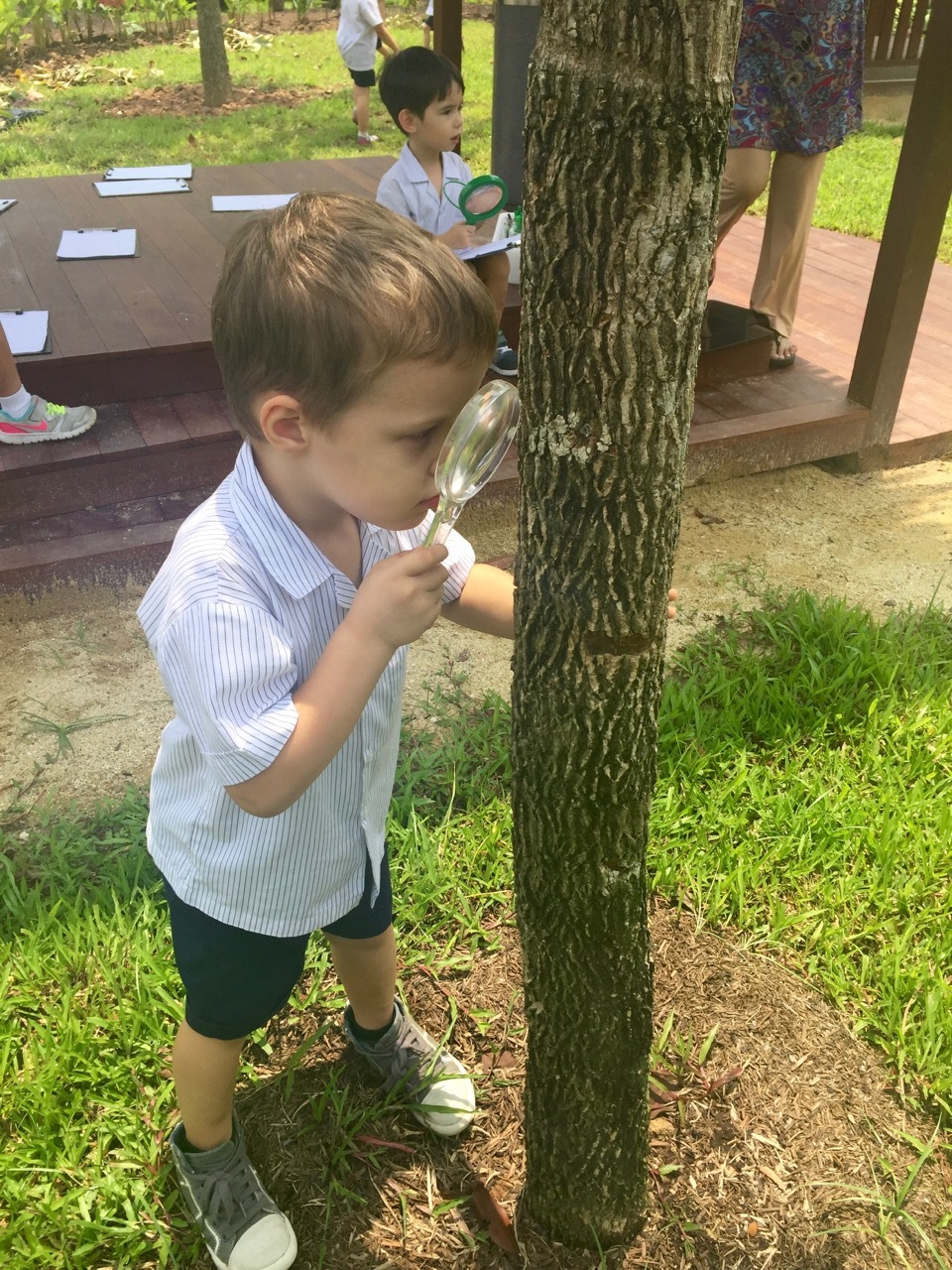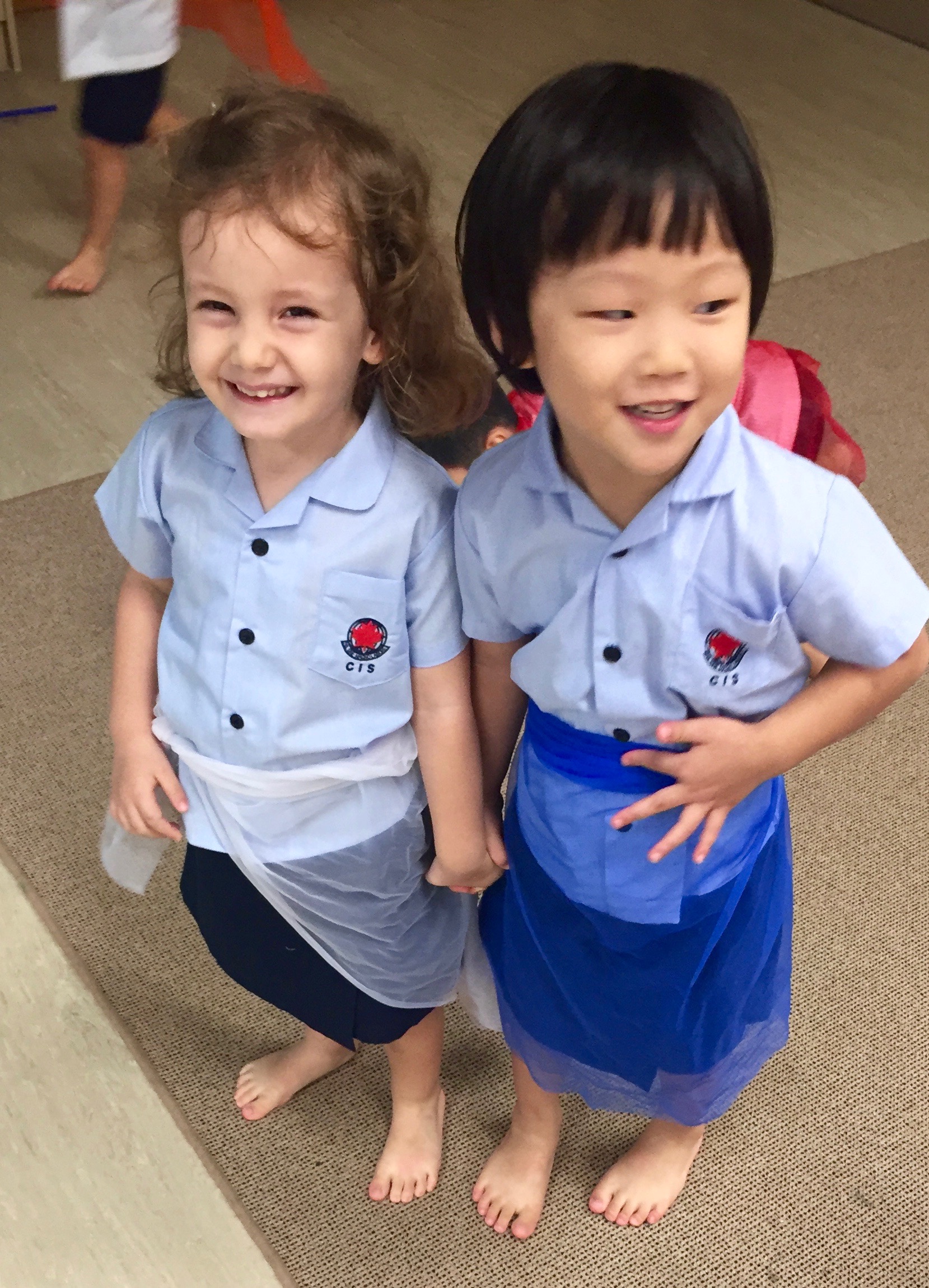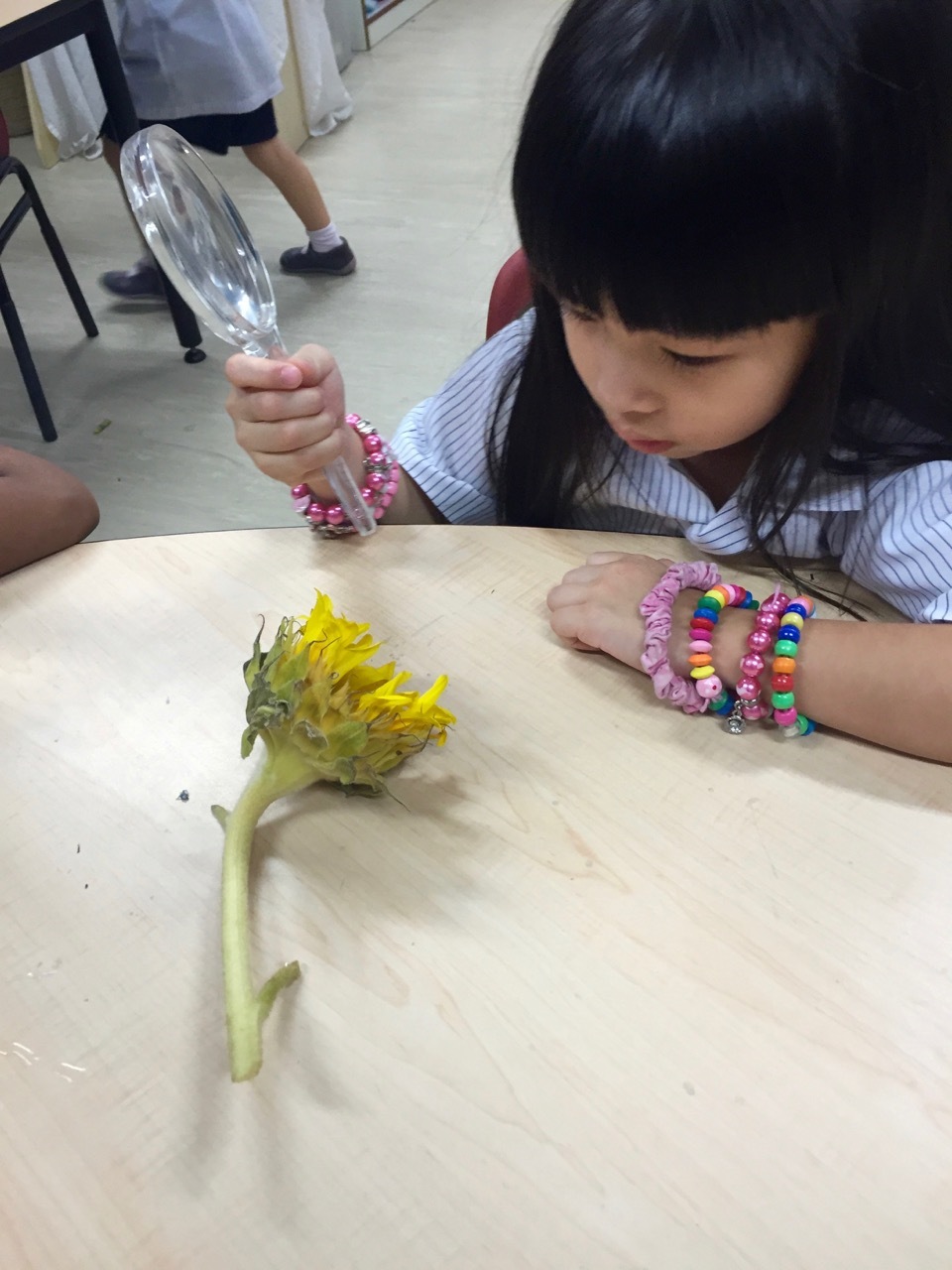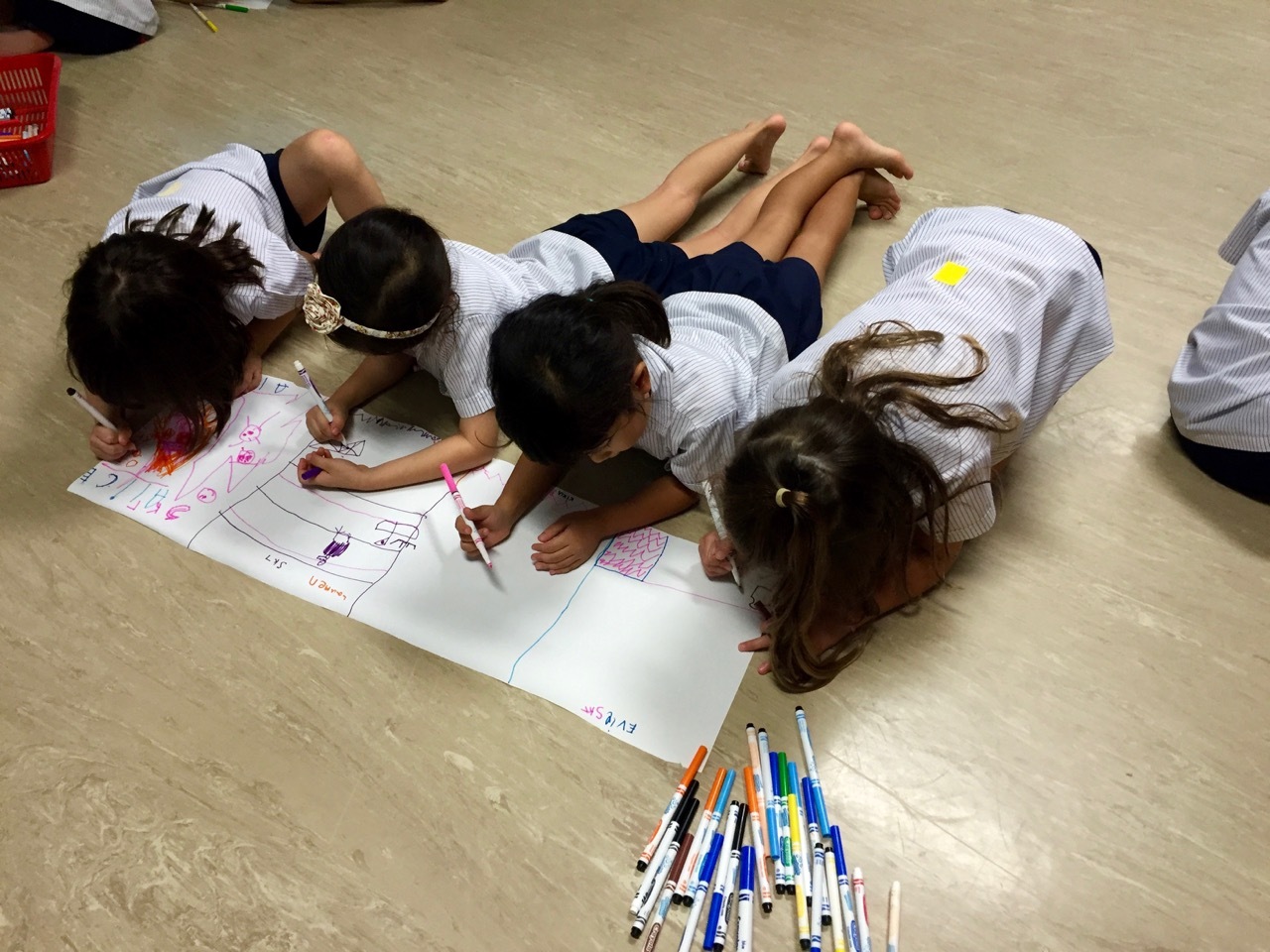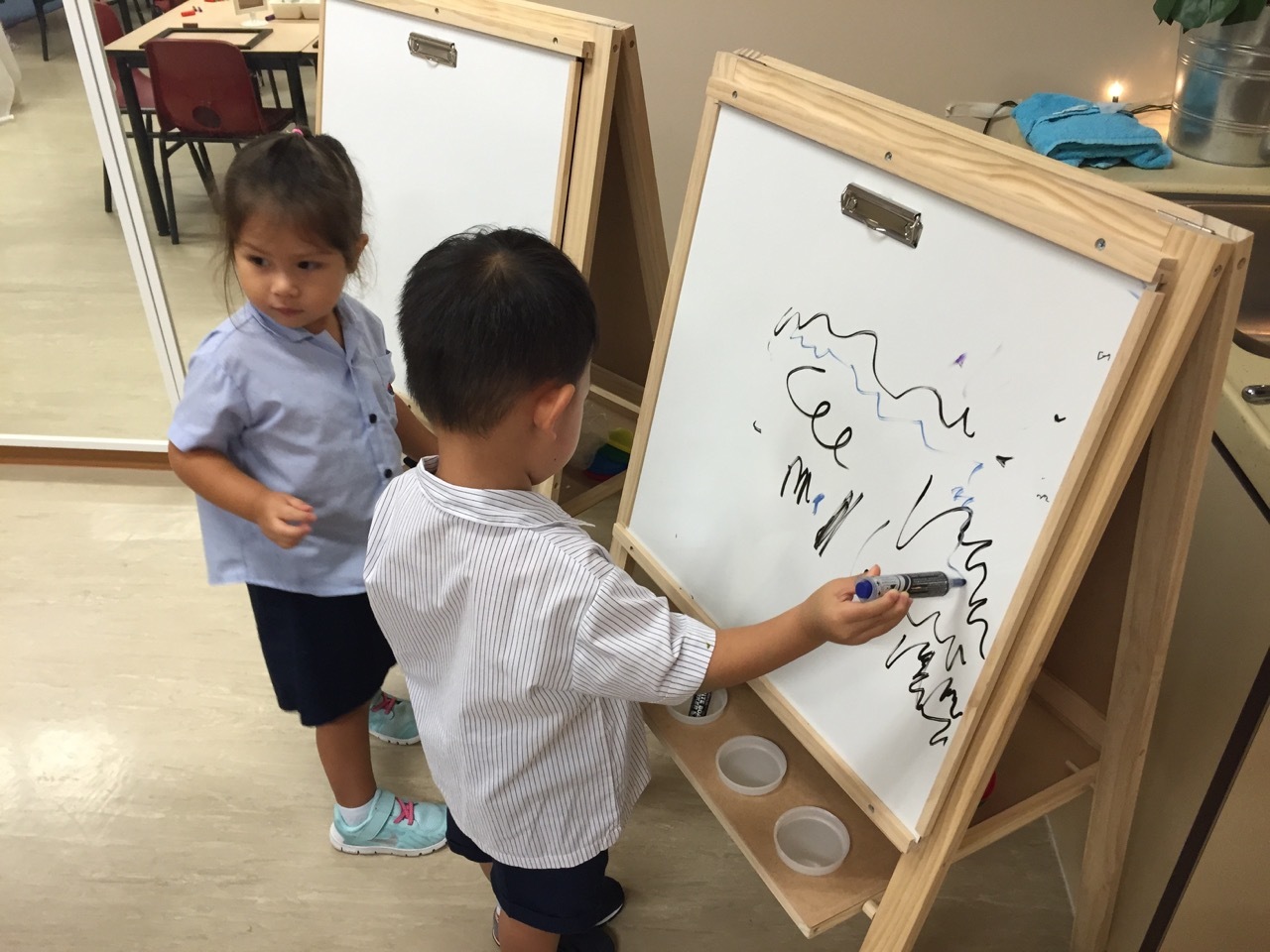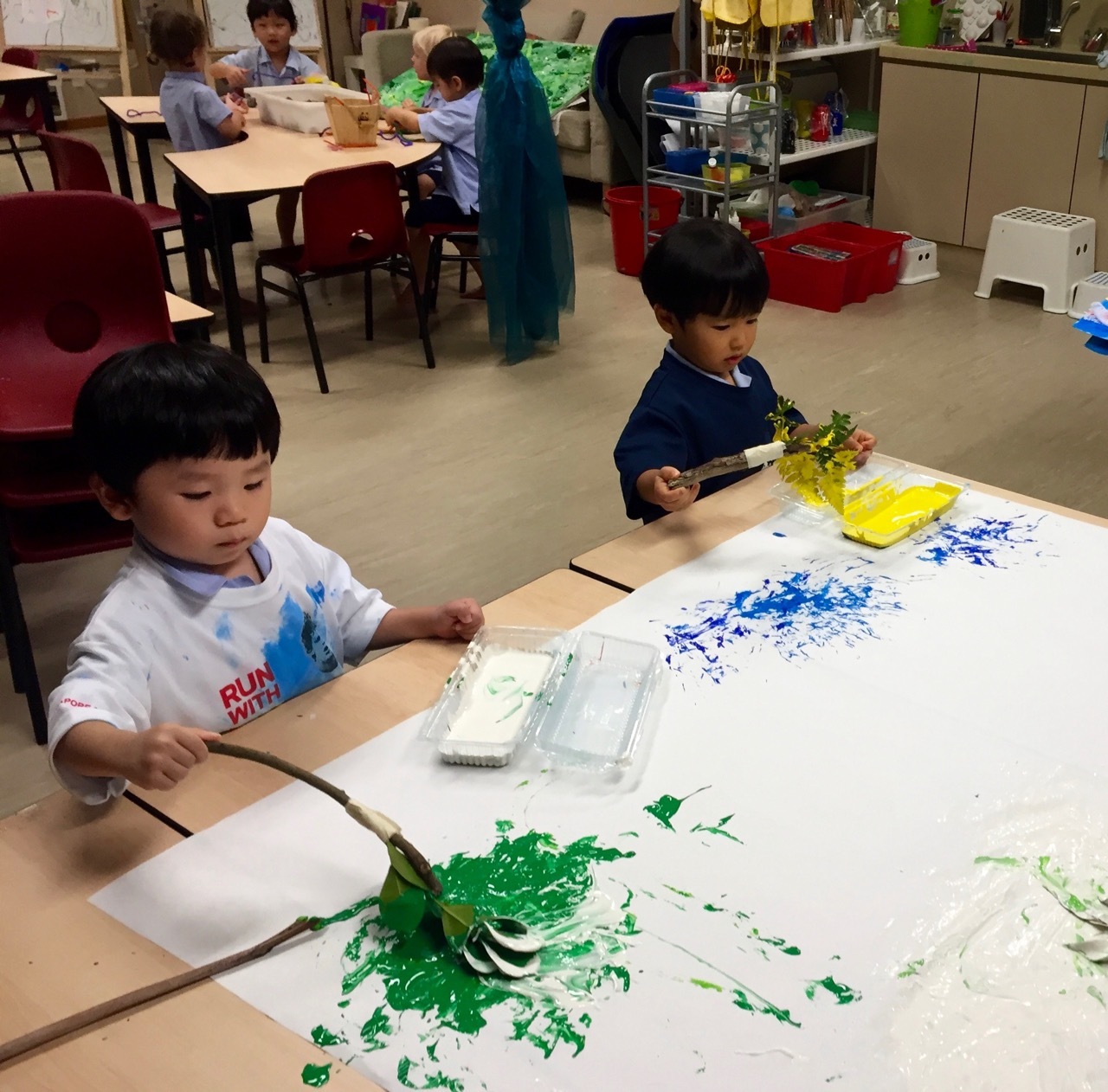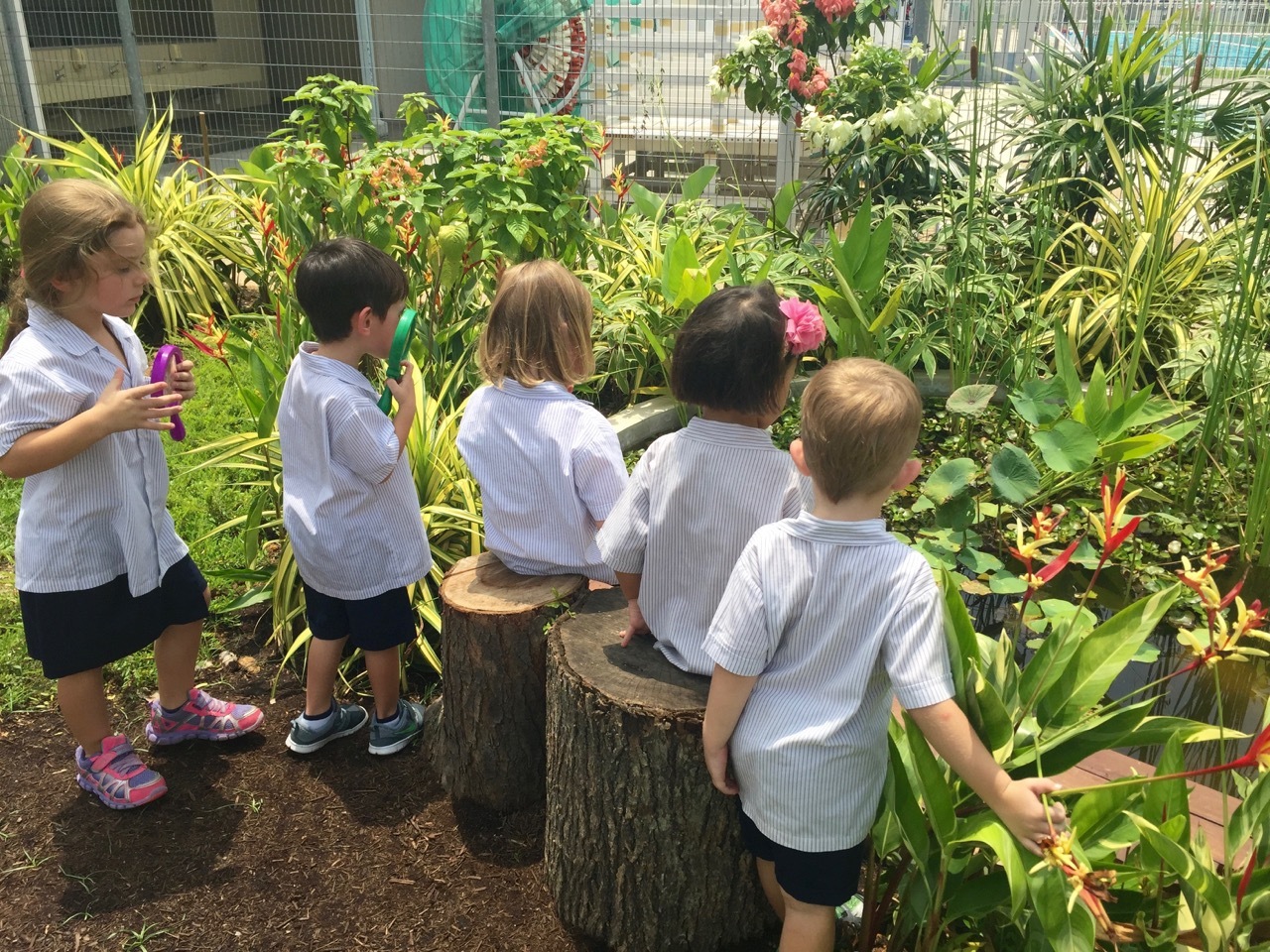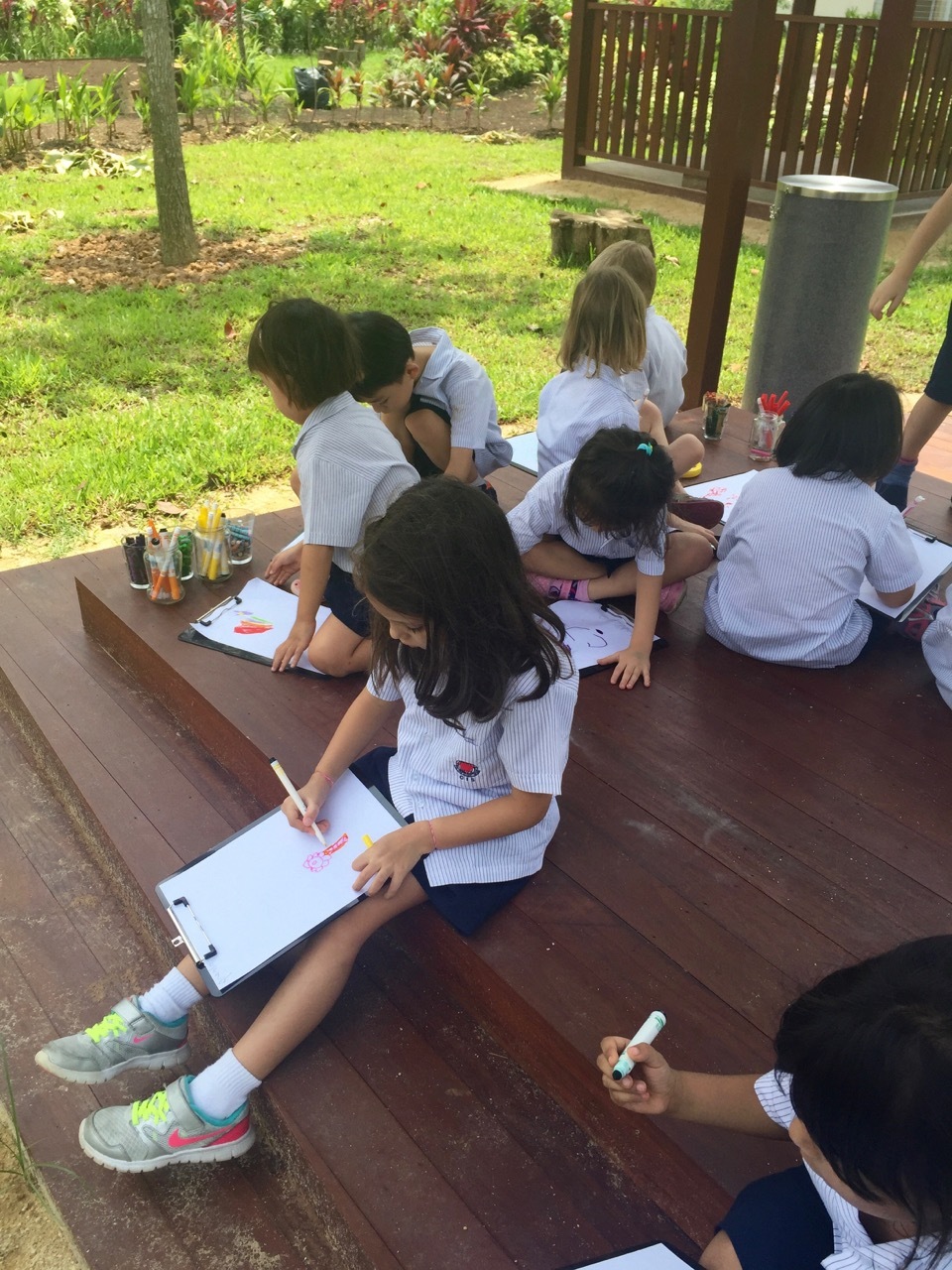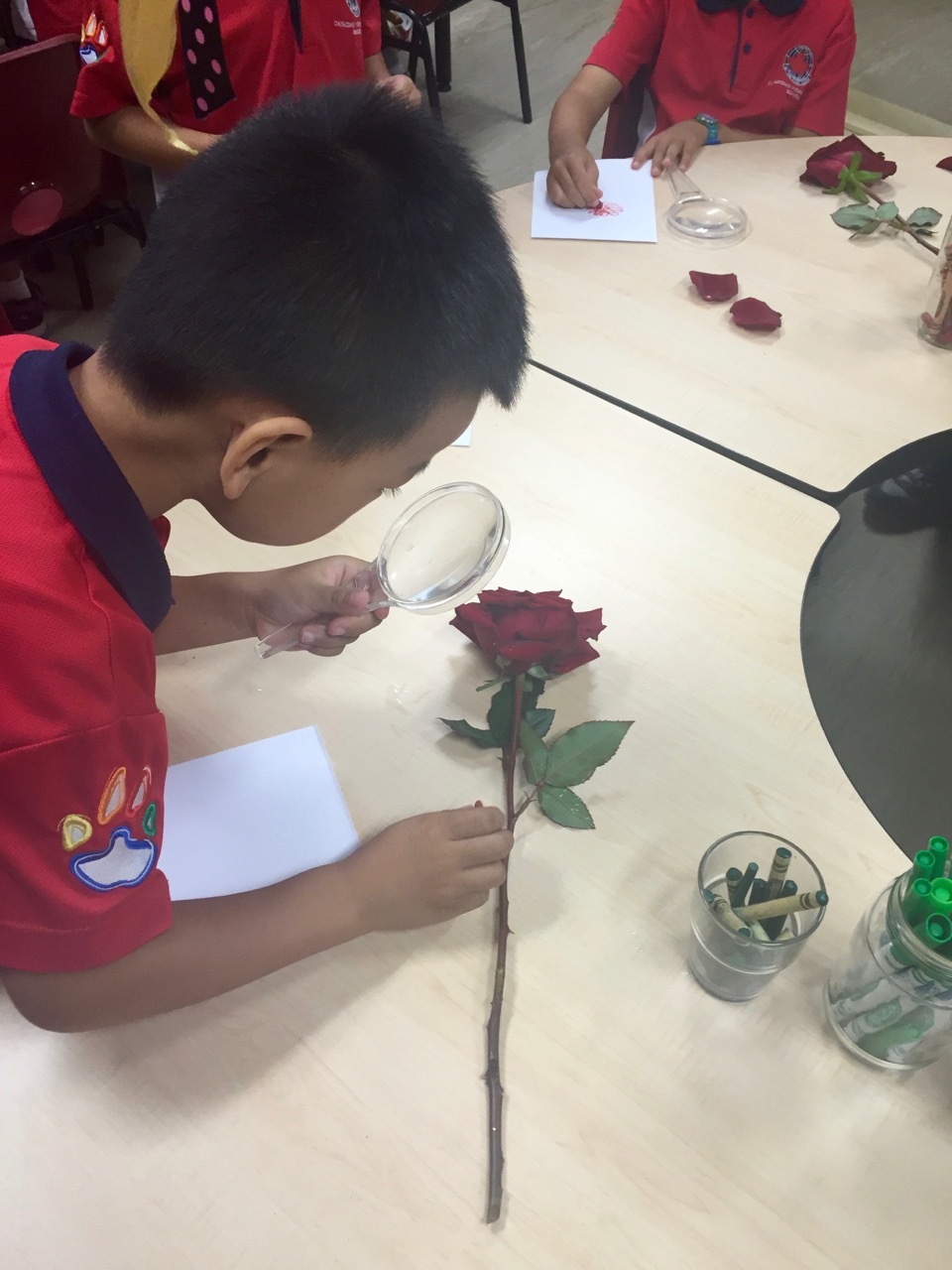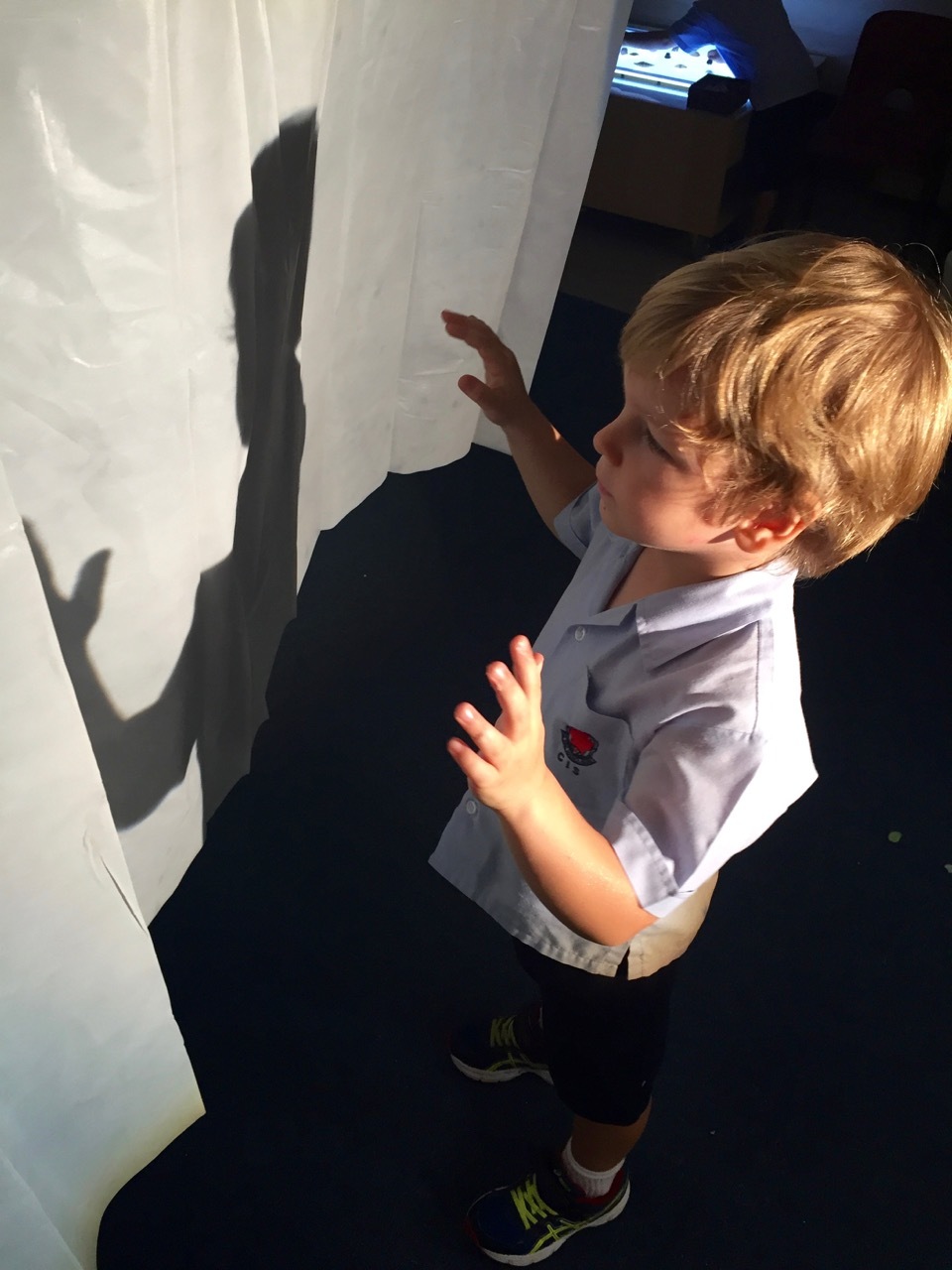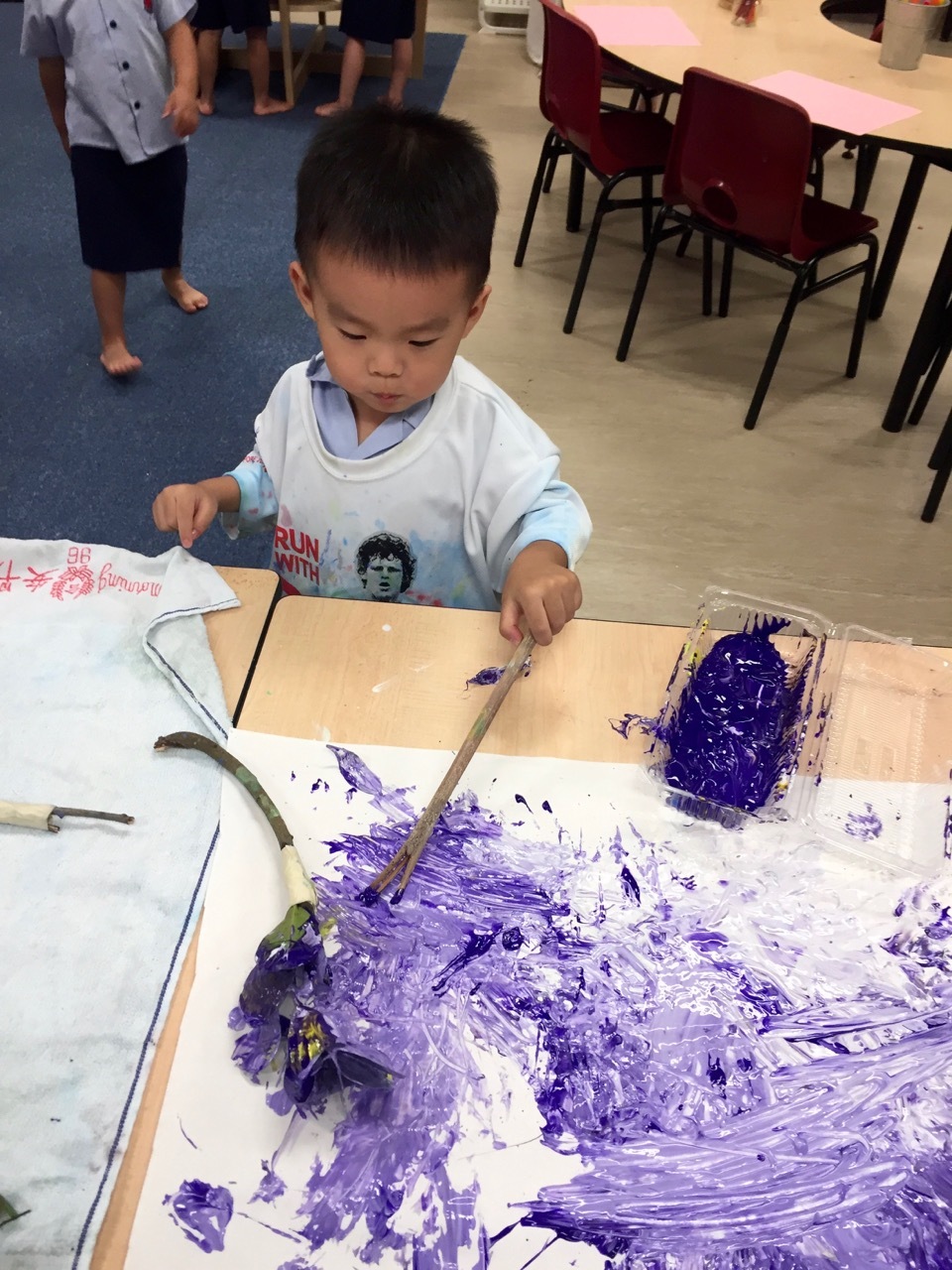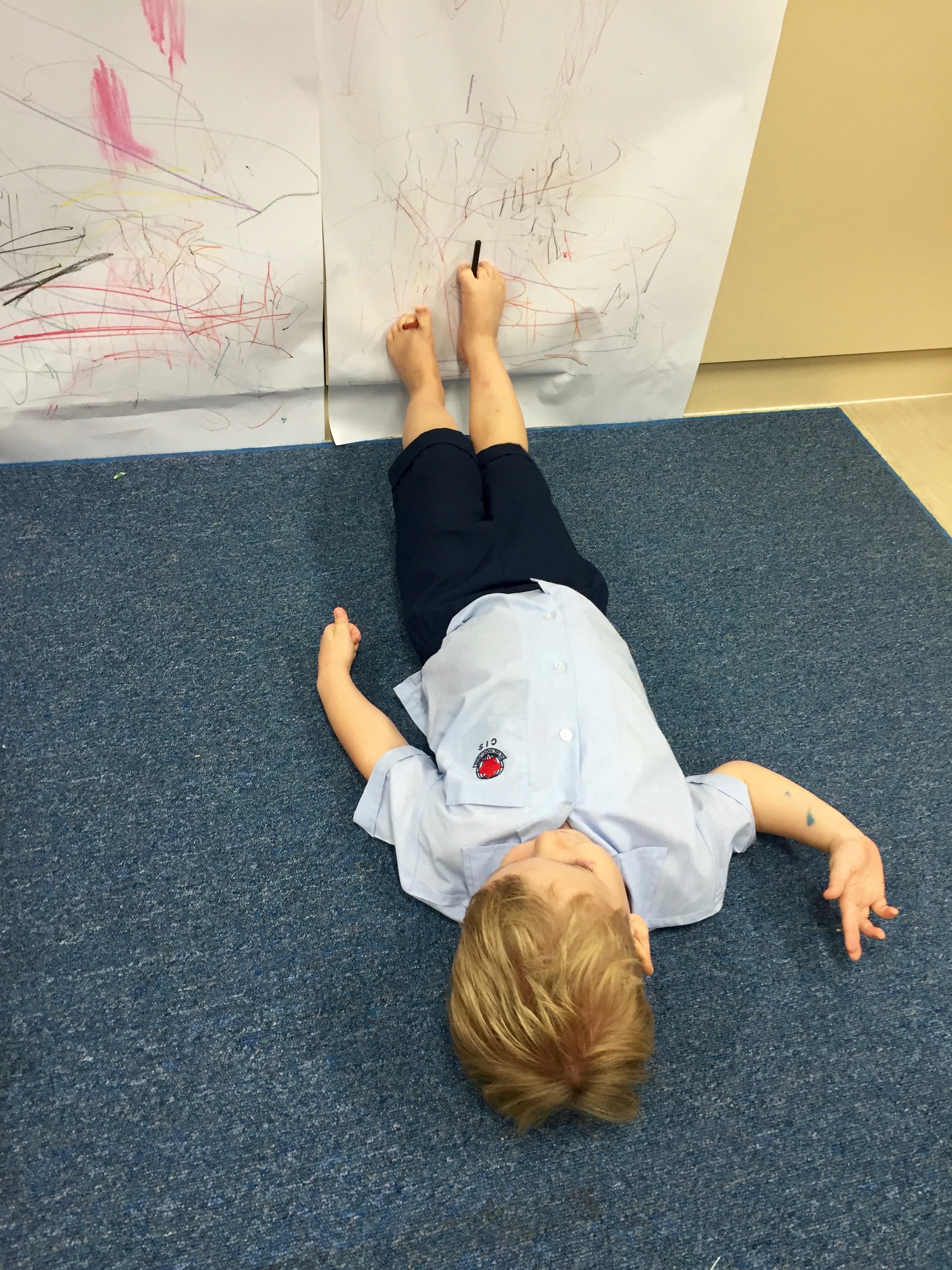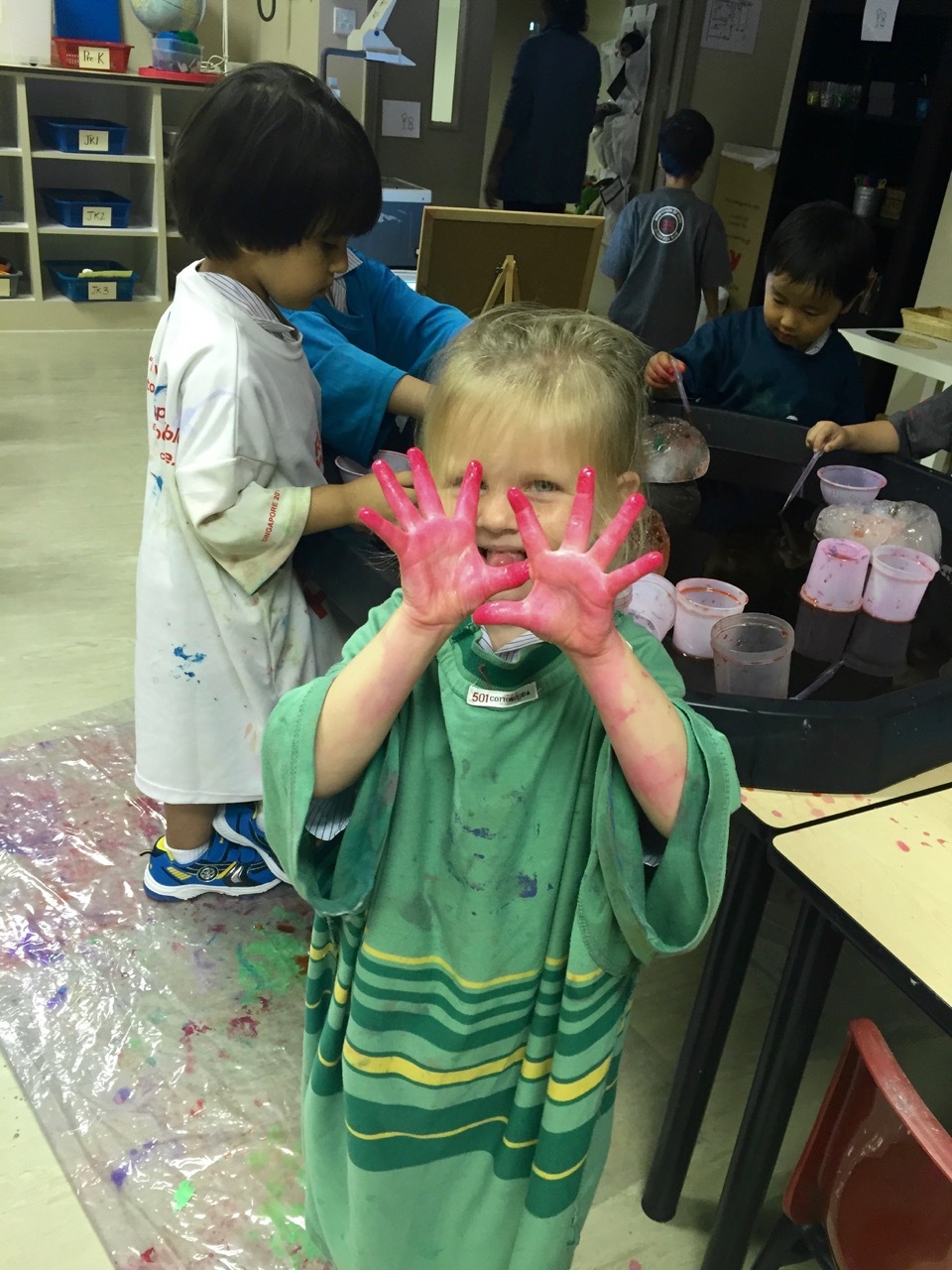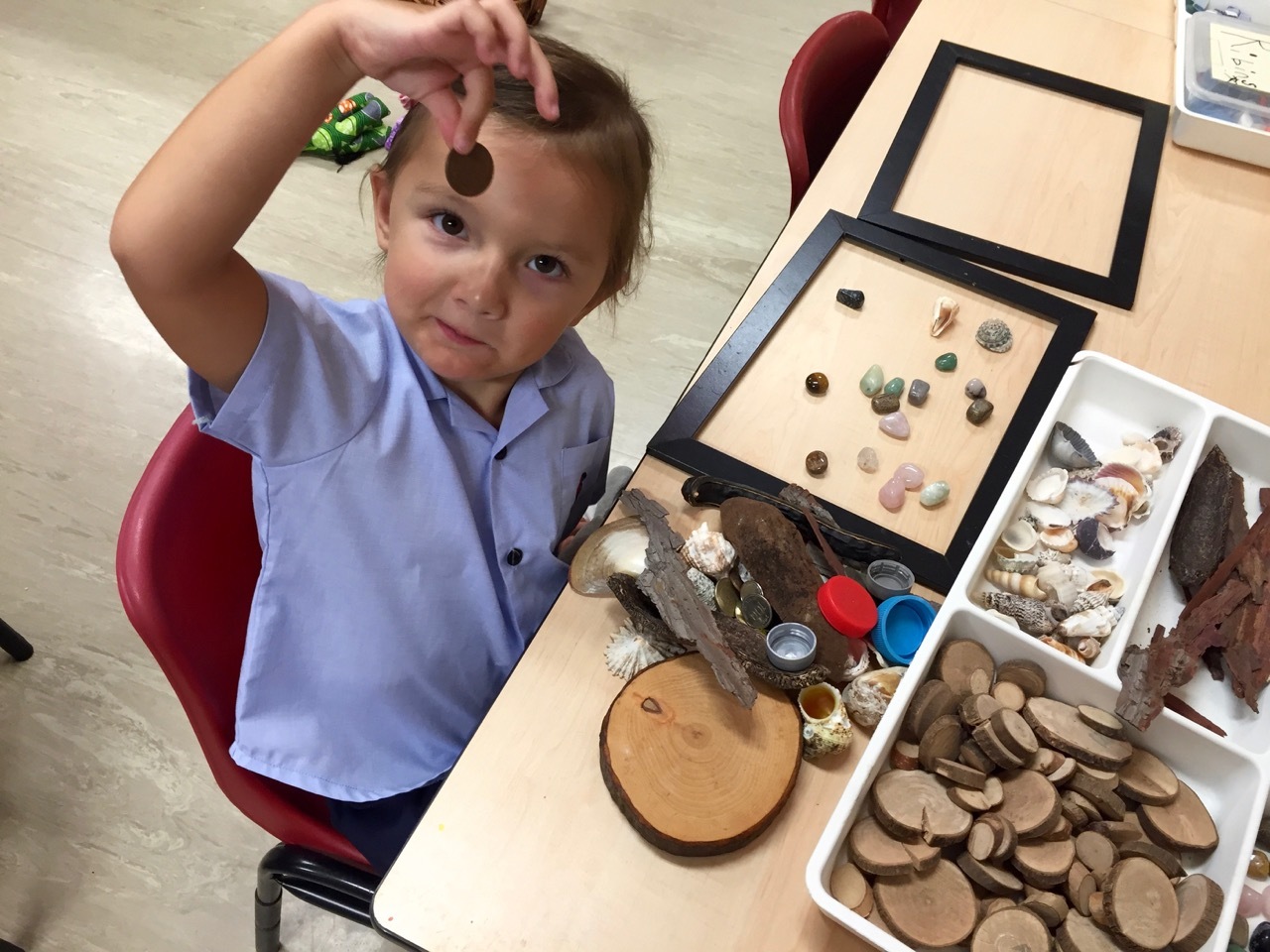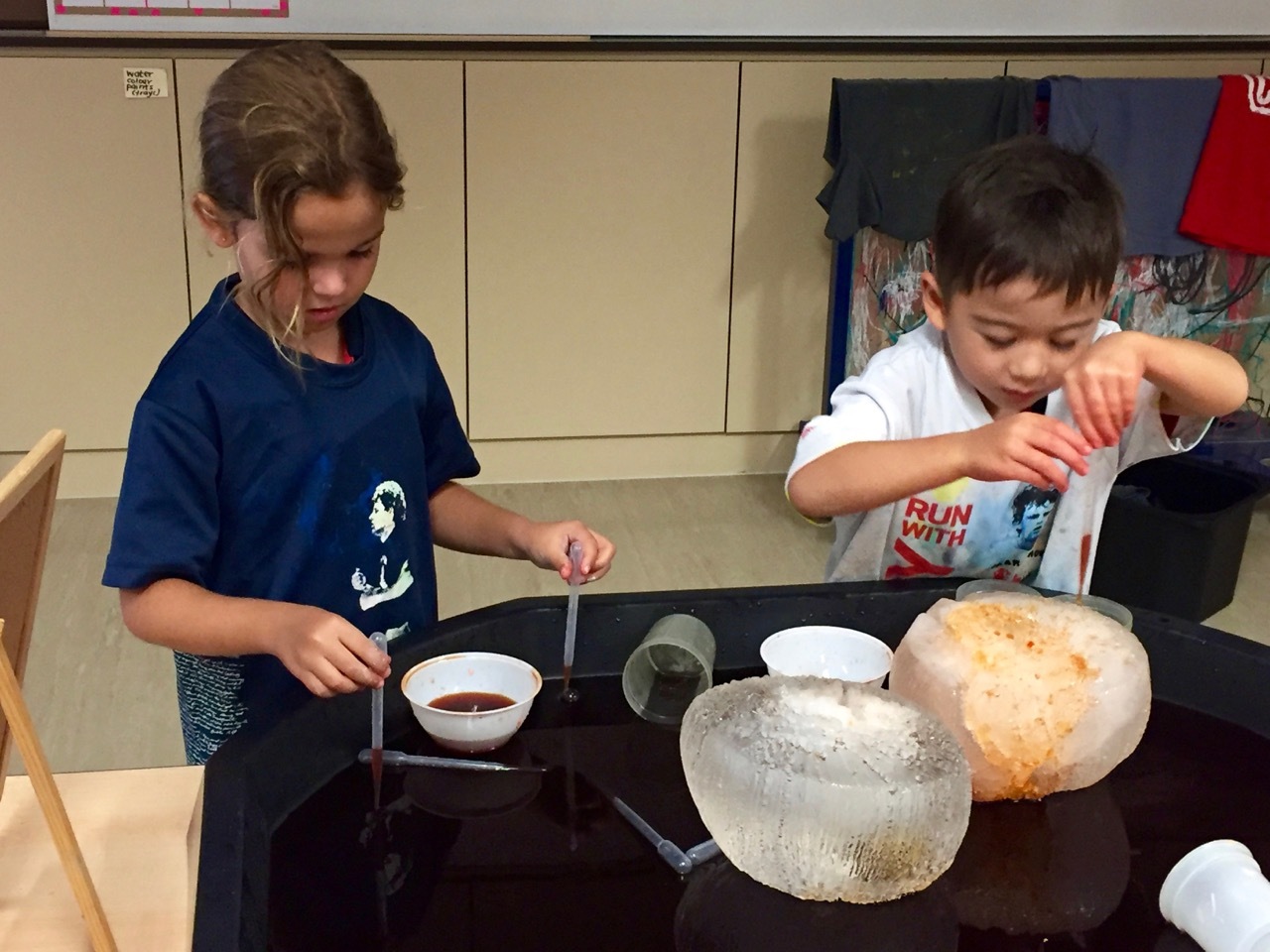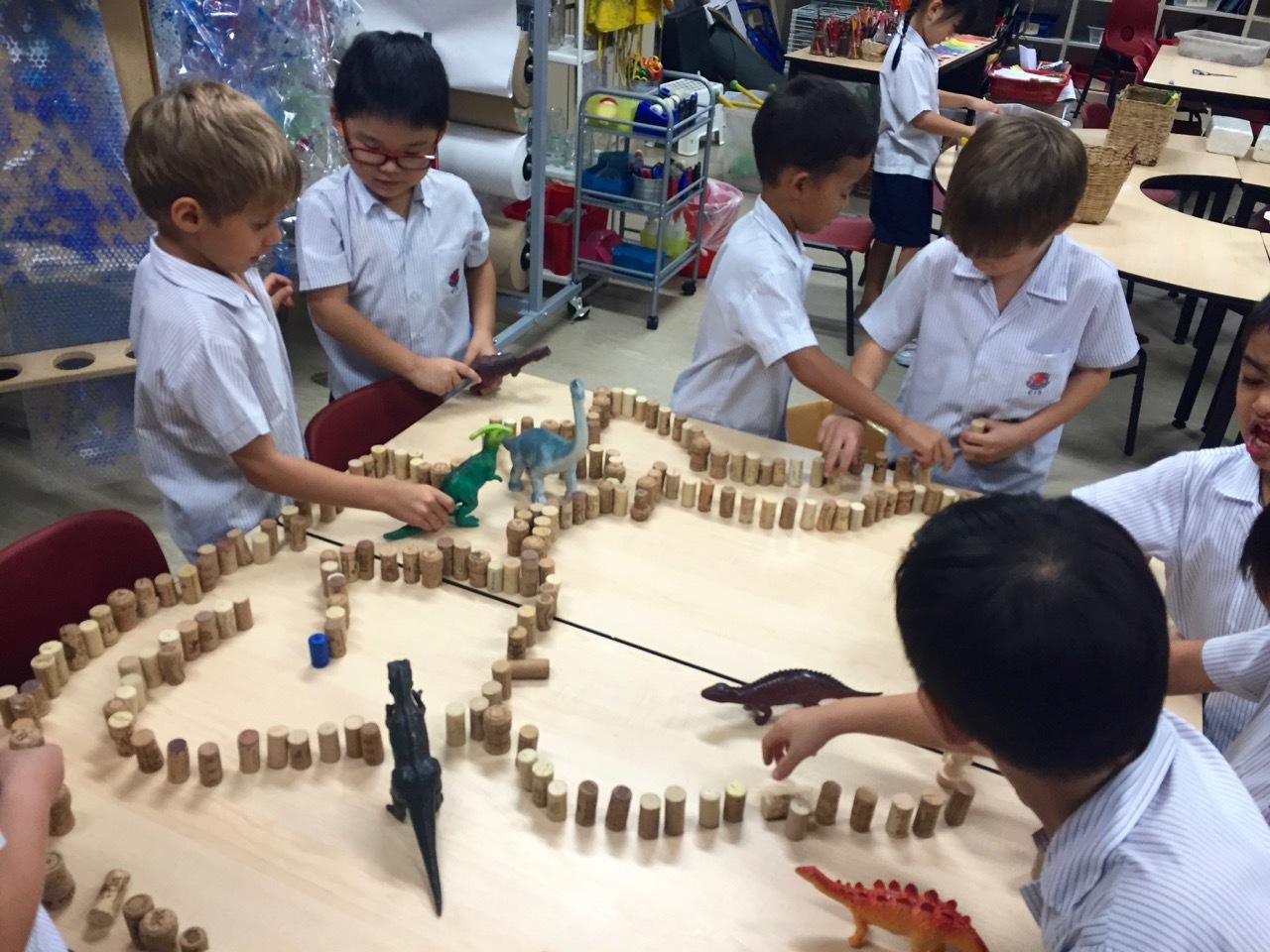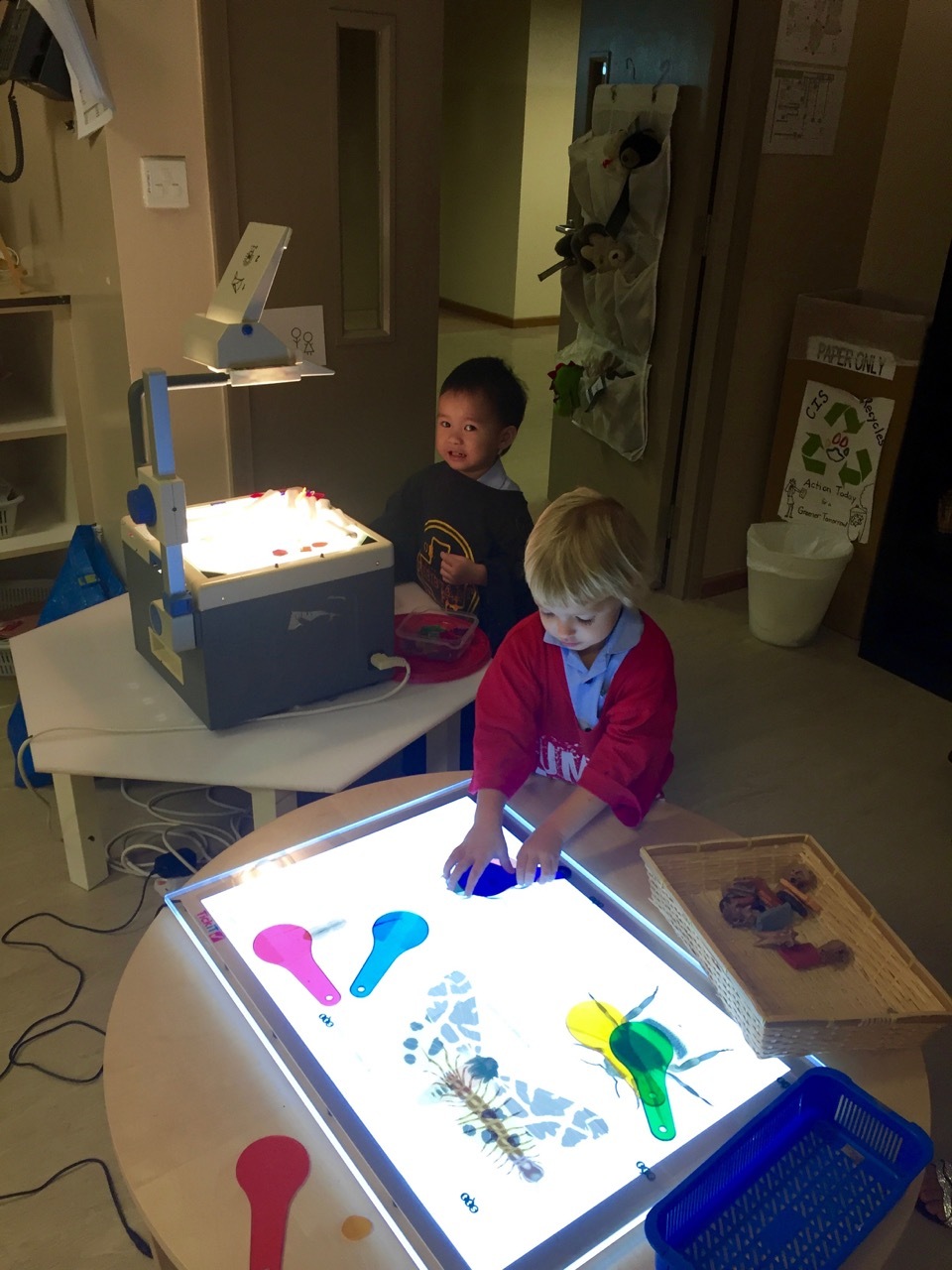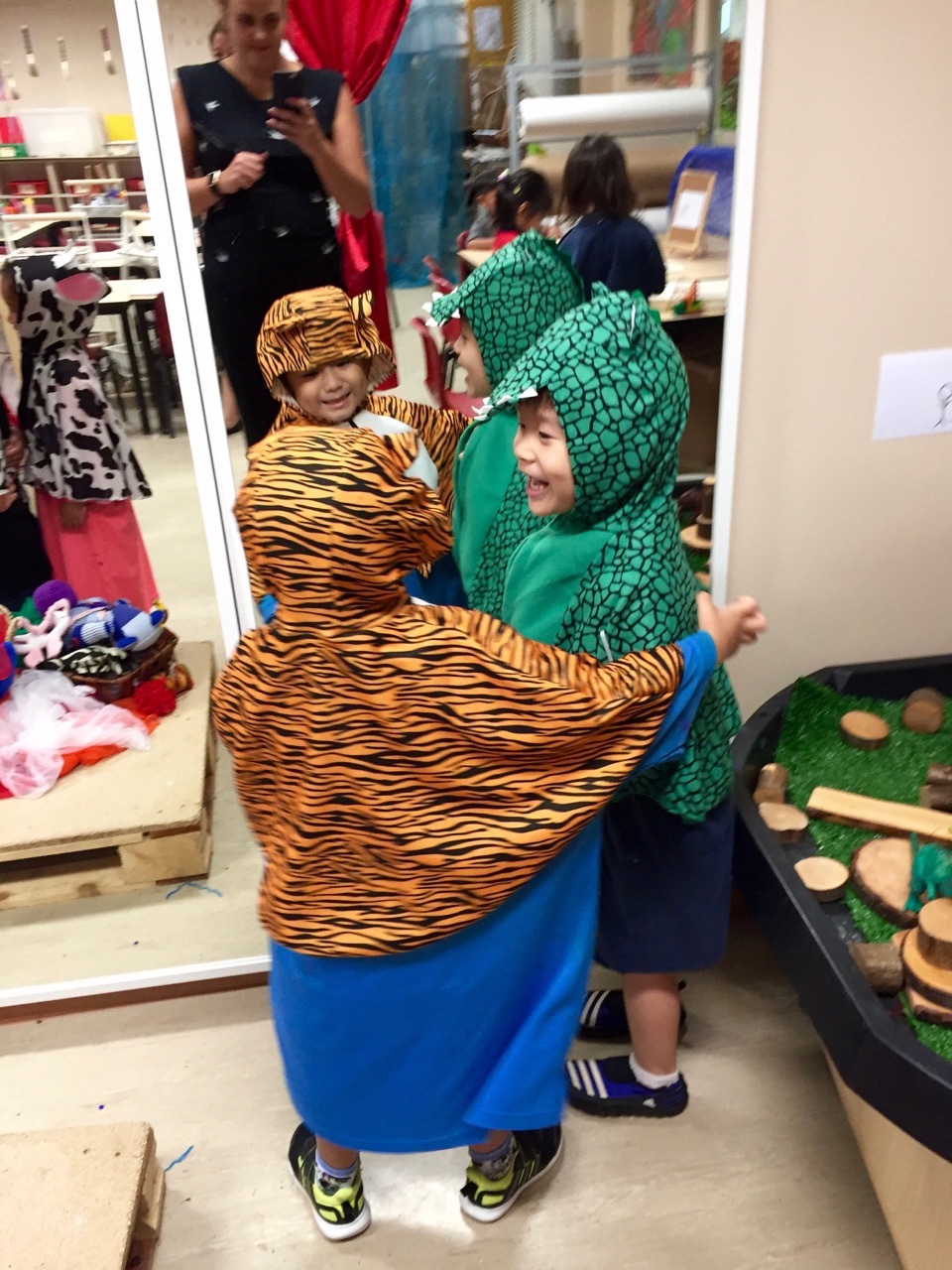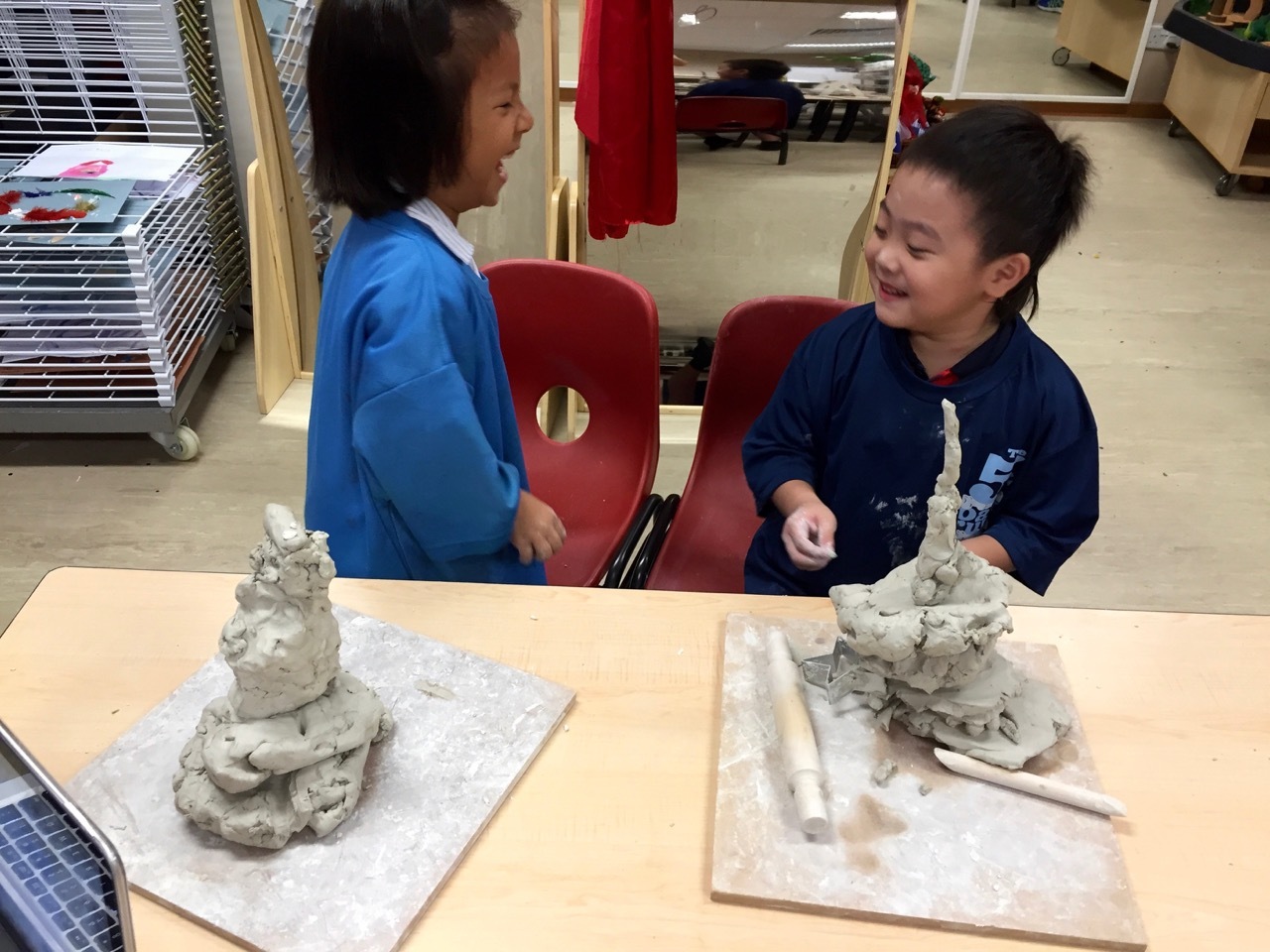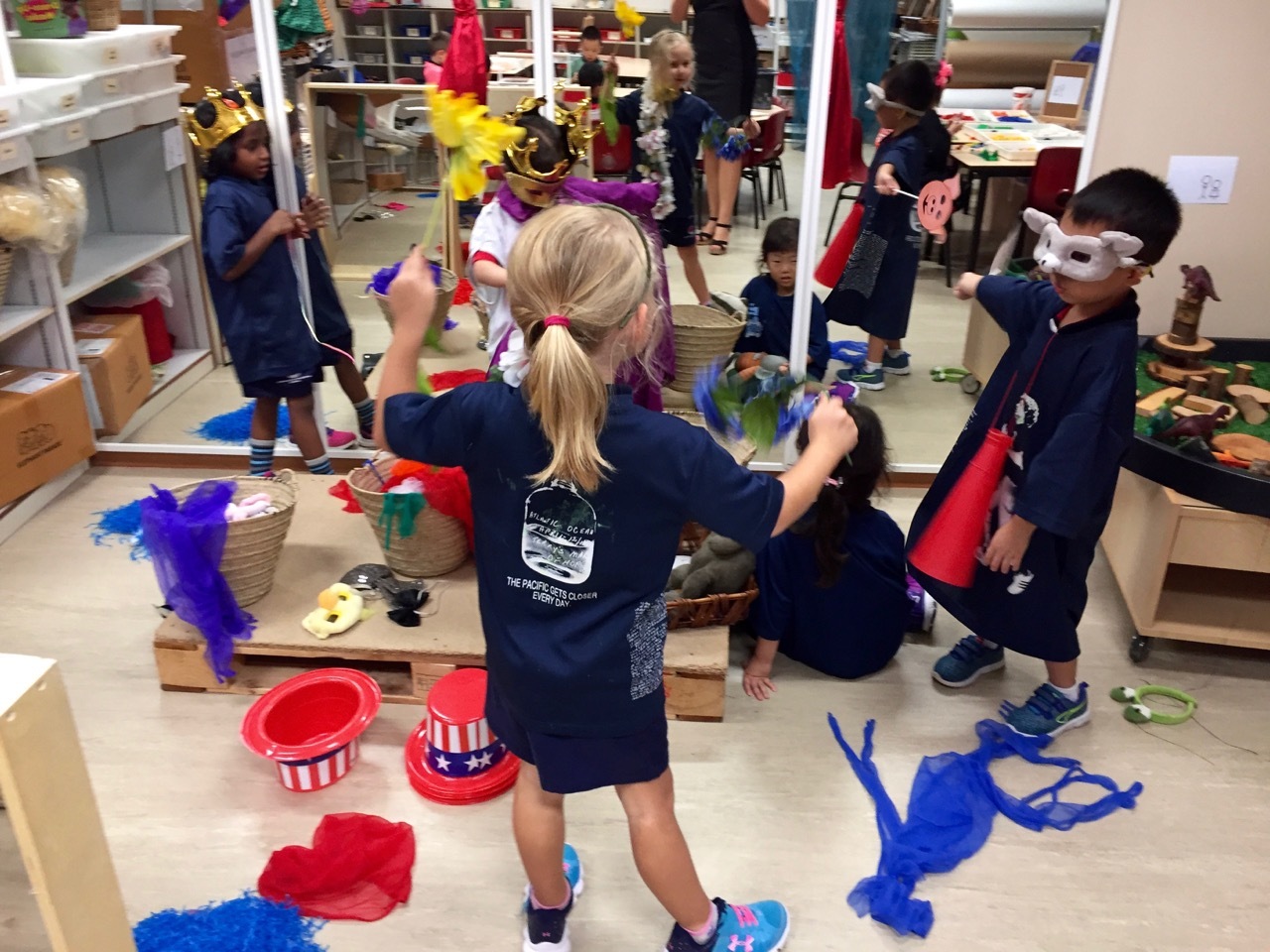Integrating arts in Kindergarten
The CIS Kindergarten Arts Integration programme works in collaboration with the Units of Inquiry (UOI) in a meaningful and creative way. During scheduled Arts Integration classes, students are presented with big questions, also known as provocations, that are connected to an element of their UOI. They are then encouraged to use a variety of ‘languages’ to share their ideas.
What are the ‘languages’?
At CIS, we are inspired by the “hundred languages” approach which originates from the philosophy of Reggio Emilia in Italy. The aim of this approach sees children exploring concepts, and experimenting and making new discoveries. They then use symbolic languages: dance, sculpture, construction, painting and drawing as communication vehicles to express their ideas.
Our students use these ‘languages’ to demonstrate their ideas, while simultaneously demonstrating to their teachers their thinking process and decision making rationale. Initially, children are presented with a range of materials (paint, cloth, wooden blocks, clay, and so on). They are encouraged to explore and investigate ways to use these materials in ways that represent their thinking, and conceptualised ideas. Teachers are nearby, and assist students’ thinking by demonstrating techniques on how to use the materials, and talking about what creations might be possible.
This concept can initially be challenging for children, however, the key to success is providing them with regular opportunities to represent and conceptualise ideas in a variety of ways. Often a subject will be revisited, to prompt children to think of different ways to represent their thinking on the same idea or concept.
In Kindergarten, our focus goes beyond ‘the subject area’ and encompasses children’s emotional, social and personal development. As well as developing children’s artistic skills, arts integration also focuses on the holistic development of each child. Specifically, it develops:
Independence: The materials are arranged in a way that is easily accessible to students. They can independently select and gather the items they need.
Confidence: The children make their own choices on how to express themselves. While they freely explore within their comfort zone, they also take their cue from their peers. As they move from one area to another, they often find themselves drawn into areas that they may not have discovered unless their friends introduced them.
Social and emotional skills: The space and resources are shared by the students within the class. This, therefore, requires taking turns, sharing and problem solving.
Language development: The various opportunities for the students to dress up, use puppets and characters to tell stories and role play enable the students experiment with the structure of a story, expression, body shapes as well as speaking in an additional language.
Dexterity: Manipulation of materials such as clay, plasticine and wire, through breaking, rolling and bending help develop age appropriate dexterity.
Fine/ gross motor skills: Cutting and mark making help students advance their fine motor skills.
Sensory exploration: Getting messy is always an integral element of art - sensory exploration trays enable the students to experiment, explore and be creative using abstract materials. Sensory exploration is key in the development of learning by using all of your senses.
Drawing development: Children’s drawings are very important in understanding their development.
Most importantly during Arts Integration, children learn that there are no mistakes… only unique and novel creations.
Arts Integration
